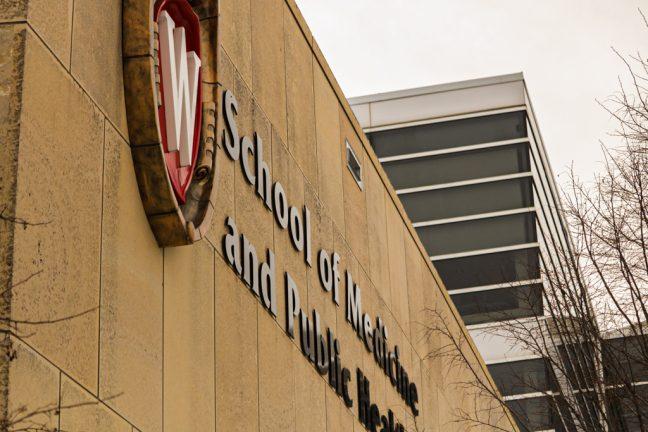University of Wisconsin inventors and researchers celebrated a banner year in 2005, as UW climbed in the rankings of universities nationwide in number of patents awarded.
With 77 patents awarded in the past year, the U.S. Patent and Trademark Office announced UW was the fifth most productive intellectual property setting among U.S. universities in 2005.
UW jumped three spots in the rankings and was tied for second in the nation after Stanford University in terms of percentage increase from last year.
UW spokesperson Terry Devitt credited the university faculty and staff for the achievement, as well as the Wisconsin Alumni Research Foundation, which he called, among research foundations, the "granddaddy of them all."
"[WARF] has done a lot for our faculty and staff in terms of managing the important ideas that come out of this place and transforming them into products and services in the real world," Devitt said, adding that UW has one of the largest research portfolios in the nation, devoting $750 million a year on research, science and engineering alone.
Among the noteworthy patents awarded to UW is one for a drug to combat the bone-wasting effects of osteoporosis and another to improve the speed and image quality of MRI scans.
WARF spokesperson Andy Cohn called the new osteoporosis drug, developed by UW biochemistry professor Hector DeLuca, "exciting."
"DeLuca is one of our most prolific inventors," Cohn said, explaining the drug the professor developed will help actual bone growth in osteoporosis patients, instead of just stopping bone deterioration, like "most treatments now."
The drug has to complete testing before it would be available on the market, Cohn added.
Chris Mistretta, the UW professor of medical physics and radiology whose invention enhances MRI scans, has done "incredible" work with MRI scans throughout his career, Cohn said.
According to Cohn, Mistretta's invention is "another step along the way" towards making MRI scans faster and clearer, so it is "easier to make a diagnosis."
Devitt said the patents are important to UW and the state of Wisconsin because of the contributions they make to the state economy.
"Thousands of people are employed now because of inventions from UW-Madison," Devitt said. "It increases our tax base and it brings more research and people to the state."
Cohn said the patents help the "margin of excellence" for UW.
According to Cohn, WARF donated $80 million to the university, without "taking a nickel" from state or federal funding.
"It is all generated from licensing fees from patents from university faculty," Cohn said.
More patents are on the horizon for UW, Cohn added, including a patent application on a recent WiCell Research Institute discovery that allows stem cells to be derived and cultured without using animal products.
Devitt said UW is "not going to sit on [its] hands" and will continue to develop the university's faculty.
"We're going to make sure they have the resources necessary to do their research," Devitt said.
Cohn agreed with Devitt's assessment of the value of the UW faculty and researchers.
"None of this could be accomplished without the incredible scientists at the university," Cohn said.














